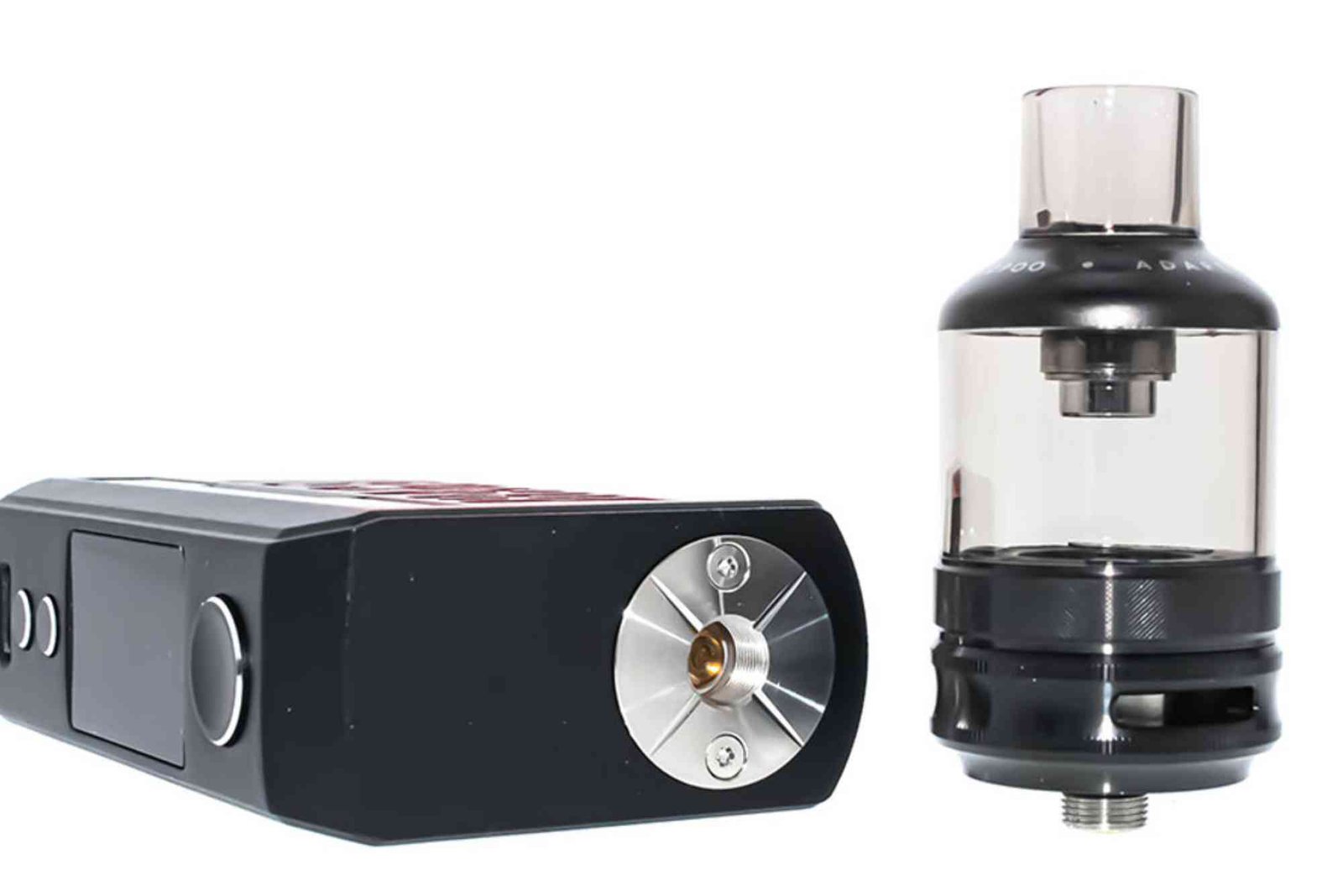If you’re thinking about building an app that works seamlessly across different platforms—like Android, iOS, and even the web—you’re probably asking the big question: Which framework is best for cross-platform app development? It’s a smart question because your choice will impact everything from your development timeline to performance, scalability, user experience, and long-term maintenance.
As someone who has worked closely with both startups and established tech teams—whether launching an MVP, expanding a SaaS product, or collaborating with a Game Development Company—I can tell you firsthand: choosing the right framework isn’t just about following trends. It’s about understanding the specific needs of your project and aligning them with what a framework can offer.
Let’s break this down in a real, practical way—minus the jargon and hype.
Why Cross-Platform Development Is Booming
Before diving into frameworks, it’s worth discussing why cross-platform app development has become the go-to strategy for many developers and businesses.
In a competitive market, businesses want to launch apps quickly and reach users on both Android and iOS without doubling development time or cost. Cross-platform frameworks allow developers to write one codebase and deploy it on multiple platforms. This saves time, cuts expenses, and ensures consistency in user experience. For many App Development Companies, this is a game-changer.
Imagine launching a food delivery app. Instead of hiring two separate teams—one for Swift (iOS) and one for Kotlin (Android)—you hire one team proficient in a single cross-platform framework. That’s lean, efficient, and often just as effective.
The Leading Frameworks: A Real-World Comparison
Let’s get into the most popular cross-platform frameworks and analyze how they perform based on ease of use, community support, performance, and real-world applications. I’ll also share what we’ve seen at our own studio and in partnerships with App Development Companies and gaming firms.
Flutter – Backed by Google
Flutter has become the poster child of modern cross-platform development. Built and maintained by Google, it allows developers to use the Dart language to create highly responsive apps.
What makes Flutter stand out?
Hot reload for fast iteration. Strong performance close to native apps. Beautiful UI components that work on both Android and iOS. A growing ecosystem with solid documentation.
I’ve personally seen a client launch a fintech app using Flutter in just under three months, fully functional on both iOS and Android. The app looked clean, performed smoothly, and only needed minor platform-specific tweaks.
That said, Dart is not as widely adopted as JavaScript or TypeScript, so hiring can be a slight challenge. But for teams willing to commit, Flutter is often worth it.
React Native – Created by Facebook
React Native has been around longer than Flutter and is still widely used. It allows developers to write apps using JavaScript and React. One of its biggest perks is that many web developers already know React, so transitioning to mobile becomes less intimidating.
React Native excels in:
Leveraging native modules for performance-critical tasks. Large community and a huge number of plugins. Compatibility with existing JavaScript codebases.
In collaboration with a Game Development Company, we helped build a companion mobile app for a game that lets users view leaderboards, track scores, and interact with community events. React Native made it incredibly easy to integrate with APIs and push updates.
The downside? React Native apps sometimes require extra work to fine-tune animations or integrate with more advanced native functionalities. You may also end up writing native code for platform-specific tasks more often than with Flutter.
Xamarin – Powered by Microsoft
Xamarin is the choice for .NET and C# developers. It integrates tightly with Microsoft’s ecosystem, making it a solid option for enterprise applications or internal business tools.
Key strengths:
Access to full native APIs. Strong tooling support via Visual Studio. Great for apps that need deep integration with Windows systems.
However, Xamarin has lost some momentum to newer frameworks like Flutter and React Native. Unless you’re already in the Microsoft stack, it may not be the most forward-looking choice.
Still, I’ve worked with an App Development Company serving a logistics firm that built their fleet management app with Xamarin. The app synced flawlessly across iOS tablets and rugged Android devices used by field workers.
Frameworks in the Gaming Space
If you’re in the gaming world, cross-platform means something slightly different. You’re probably looking at engines like Unity or Unreal Engine, which are technically game engines but serve the same purpose: write once, deploy everywhere.
Unity, in particular, is the darling of many a Game Development Company because:
It supports Android, iOS, desktop, and even console deployment. It uses C#, which many developers are familiar with. Its asset store is rich with tools that speed up development.
So while you wouldn’t use Flutter or React Native to build an immersive mobile game, Unity would be your go-to framework for anything involving real-time graphics, physics engines, or 3D environments.
Choosing the Right Framework: What to Consider
There’s no one-size-fits-all answer here. The best framework depends on your project’s specific goals.
Consider these factors:
Your Team’s Skillset: If your developers are experienced in JavaScript, React Native might be a smooth transition. If they’re already in the Microsoft ecosystem, Xamarin makes sense.
Performance Needs: For apps that need buttery smooth animations or high responsiveness, Flutter often delivers better native performance.
Timeline & Budget: Flutter and React Native both accelerate development and reduce costs, but React Native may offer quicker onboarding due to its JavaScript base.
Community and Ecosystem: A strong developer community means more resources, plugins, and quicker solutions to problems. React Native leads here, but Flutter is catching up fast.
Long-Term Maintenance: Evaluate how easy it is to maintain and scale your app over time. This includes library updates, bug fixes, and platform support.
Where App and Game Development Companies Fit In
Whether you’re a startup founder or a CTO at an enterprise, partnering with the right App Development Company can take the stress out of making these choices. A good development company doesn’t just build what you ask for—they guide you toward what you need, based on deep experience with various frameworks.
For instance, we recently advised a client on whether to use Flutter or React Native for their event management app. After reviewing their team’s capabilities, target users, and feature list, we recommended Flutter. The result? A beautifully designed, fast, cross-platform app delivered ahead of schedule.
Similarly, in the gaming world, a Game Development Company can help you choose between Unity and other game engines depending on your game’s complexity, graphics requirements, and target platforms.
Final Thoughts: My Honest Recommendation
If you’re starting fresh and looking for a future-proof, performance-focused, and scalable solution, Flutter is currently the best all-around framework for cross-platform app development. Its tight UI control and rapid development cycles are hard to beat.
However, if your team already knows JavaScript and you value ecosystem flexibility, React Native is still a strong and mature choice. Xamarin can work well in certain enterprise contexts, especially if your backend is already in .NET.
For games? Unity wins hands down for its wide deployment options and proven track record.
Choosing the right framework is a strategic decision. Don’t pick based on hype—pick based on fit. And if you’re unsure, consult a reliable App Development Company or Game Development Company that’s walked this road before.
Have any questions or want to share your own experience with these frameworks? I’d love to hear from you. Drop a comment or reach out—let’s talk tech!
















